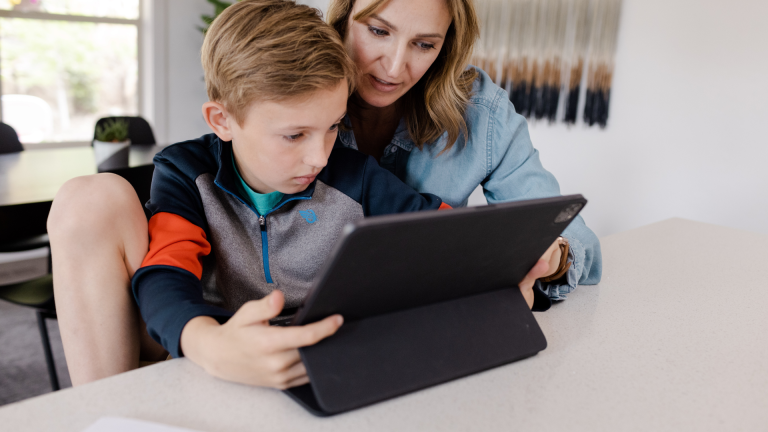Quantifying the impact of access and engagement on growing digital learning equity gaps during the COVID-19 pandemic, especially on lower wealth, higher minority K-12 school districts
The impact of educators, environment, access, wealth and background have long been important factors in equity, learning and outcomes. In the recent emergency transition to remote learning across the United States in response to COVID-19, the digital divide and its impacts are critical to understand. While many groups are actively trying to address a lack of access to internet-enabled devices for students, data on actual engagement (what students and teachers are doing with those devices for learning) gives more clarity on the changing situation. By measuring the amount of engagement, schools and districts can understand the real impacts of the digital divide. Unfortunately, the data shows the digital learning equity gap is even worse than most people realize, especially for more diverse and higher poverty communities.
The digital divide is traditionally measured as the percentage of students with access to internet-accessible devices vs. those without access. Because there is a finite number of students, the divide expands when the number of students who have access decreases -- lack of access is a relatively binary measure, simply “those with vs. those without.” However, educators know that the lack of access prevents students from engaging with education technology (edtech), which has become even more heavily relied upon to improve remote learning.
Moving beyond simply measuring access to understand the digital divide, the digital learning equity gap can be defined more accurately as the gap between those students who have access to and engage with learning technologies and those who either do not have access or do not engage. Since every edtech user engages with multiple edtech tools, usually more than once, the gap exponentially expands when fewer students have access AND the students who do have access increase their engagement.
To quantify this exponential increase in the digital learning equity gap, compare four hypothetical district scenarios:
-
The hypothetical “perfect” district with “No Equity Gap” would demonstrate 100% access and engagement pre-COVID.
-
More realistically, a district where 90% of students represented all of the engagement, and 10% did not have access or engagement. Consider this an 11% digital divide, where 90% of students represent 100% of engagement (a pre-closure baseline).
-
Consider if the district’s total number of users dropped by 40% after school closures. If engagement remains constant, the equity gap expands to 85% between those who have access and those who no longer have access.
-
Finally, if fewer students now engage with more learning tools more often -- say 2x the previous rate, the gap in access and engagement explodes to 210%.
In the weeks following school closures, the data on actual active users and active engagement is stark and telling -- the digital divide is exponentially expanding, with disproportionate impacts on students of color and those in low wealth communities. Going beyond mere surveys of connectivity or device access, the analysis in the posts below provides insight into actual student and teacher engagement across thousands of products, before, during and after school closures.
Learn more about measuring access, engagement and learning
There is an undeniable need to analyze not just access (e.g., devices, broadband), but also student engagement with remote learning technologies, in order to finally understand what is most effective for learning in a given context. This set of analyses on edtech engagement (1billion+ data points) across a cross-section of US districts (n=85), quantifies the number of both student and teacher users and the amount of engagement across more than 7,000 education technology tools, regardless of the location of that access -- in other words, whether at school or through remote learning.
For districts or states interested in understanding and addressing their own equity gaps to ensure a safe, equitable, and cost-effective learning environment, schedule a personalized demo with a member of our team.
To learn more about how the calculation is determined, please see To Close the Digital Divide, Districts Measure Engagement & Effectiveness, Not Just Access. Based on empirical analysis of correlations of hundreds of rapid-cycle evaluations across dozens of edtech tools conducted by schools and districts across the country, using LearnPlatform’s IMPACT technology, the calculation of the edtech equity gap includes an additional .3 for Return on Engagement factor to the calculation.
Related Content
 inst-3step.jpg
inst-3step.jpgBlogs
 community-homepage.jpg
community-homepage.jpgBlogs
 kim-classroom.jpg
kim-classroom.jpgBlogs

